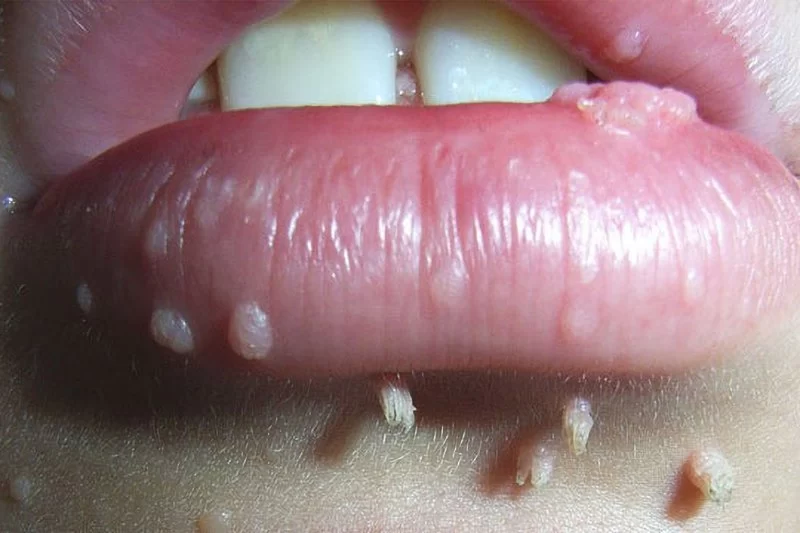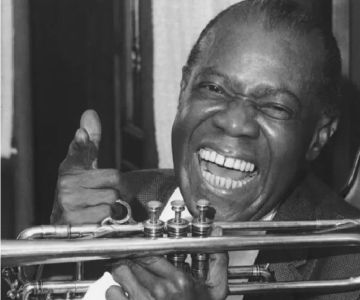
Recognizing the Signs of Oral HPV Infection in Adults
- what-is-oral-hpv-and-how-does-it-spread
- early-signs-of-oral-hpv-infection-in-adults
- advanced-symptoms-and-possible-complications
- real-patient-cases-you-might-not-expect
- how-to-monitor-and-respond-to-symptoms
- prevention-vaccination-and-safe-habits
- when-to-consult-a-professional-and-why-it-matters
1. What Is Oral HPV and How Does It Spread?
Human papillomavirus (HPV) is a highly common virus with over 100 strains, some of which can infect the oral cavity. While most infections go unnoticed, certain high-risk strains—especially HPV-16—have been linked to oropharyngeal cancers. Understanding the signs of oral HPV infection in adults begins with understanding its nature and transmission.
Oral HPV spreads through intimate contact, primarily via oral sex, deep kissing, or sharing items like utensils or lip balm, although this is rare. Once infected, an adult may carry the virus without any symptoms for months or even years.
2. Early Signs of Oral HPV Infection in Adults
2.1 Painless Bumps or Growths
One of the most common early signs is the appearance of small, painless growths—often wart-like—on the tongue, tonsils, throat, or roof of the mouth. These can be flesh-colored or slightly lighter and are easy to overlook.
2.2 Hoarseness or Voice Changes
Persistent hoarseness, a raspy voice, or changes in how you speak could indicate inflammation caused by HPV. When such symptoms last more than two weeks, they deserve professional attention.
2.3 Chronic Sore Throat
Adults with oral HPV may also experience a sore throat that doesn’t respond to traditional cold or allergy treatments. This symptom may be mistaken for seasonal illness but can indicate viral persistence.
3. Advanced Symptoms and Possible Complications
3.1 Difficulty Swallowing
As the infection advances, some adults report trouble swallowing or a sensation of something "stuck" in the throat. This is a serious red flag that requires immediate evaluation.
3.2 Ear Pain Without Infection
Referred pain in the ears, despite no visible infection, can occur as HPV-related lesions press on nerves near the base of the tongue or throat.
3.3 Swollen Lymph Nodes or Neck Masses
Unexplained lumps on the side of the neck could indicate lymphatic response to viral activity or, in worst cases, the onset of oropharyngeal cancer associated with high-risk HPV strains.
4. Real Patient Cases You Might Not Expect
One real-world example: a 42-year-old graphic designer from Denver noticed a rough patch on the back of his tongue that didn’t hurt but wouldn’t go away. He ignored it for months until a routine dental exam caught it. Biopsy confirmed HPV-16. Early detection and intervention spared him from needing major surgery.
Another case involved a yoga instructor in her mid-30s who began experiencing mild but persistent hoarseness. Initially attributed to seasonal allergies, the hoarseness progressed into a sore throat. Her ENT specialist found lesions on her tonsils consistent with oral HPV. Thankfully, these were benign but required careful monitoring.
5. How to Monitor and Respond to Symptoms
If you suspect you're experiencing signs of oral HPV infection in adults, track symptoms like persistent throat pain, mouth sores, and voice changes. Keep notes on duration, severity, and changes over time. If symptoms last more than 2–3 weeks, seek professional evaluation.
Routine dental check-ups are also critical. Dentists often notice early HPV indicators during exams—even before patients experience discomfort. Clinics like Dentistry Toothtruth prioritize oral cancer screenings as part of standard care.
6. Prevention, Vaccination, and Safe Habits
HPV vaccination, such as Gardasil 9, is approved for adults up to age 45. It significantly reduces the risk of infection with the most dangerous strains. Practicing safe intimacy, limiting the number of partners, and avoiding tobacco and excessive alcohol also reduce risk.
Maintaining oral hygiene and immune health—through proper brushing, hydration, and nutrition—can help your body clear low-risk strains faster and prevent chronic infection.
7. When to Consult a Professional and Why It Matters
HPV doesn’t always mean cancer, but it shouldn’t be ignored. If you notice suspicious symptoms in your mouth or throat, schedule an exam. Early diagnosis leads to better outcomes and may require only minor interventions.
At Dentistry Toothtruth, our team is trained to identify oral irregularities that may otherwise be missed. Whether you’re concerned about a sore that won’t heal or simply want peace of mind, we offer screening and guidance with compassion and clarity.
Don’t wait. Recognizing the signs of oral HPV infection in adults is the first step in protecting your long-term oral health.







 Towning Dental4.0 (36 review)
Towning Dental4.0 (36 review) Millennium Dental Arts5.0 (235 review)
Millennium Dental Arts5.0 (235 review) Fullerton Dental Care4.0 (59 review)
Fullerton Dental Care4.0 (59 review) Joseph Spina III, DMD4.0 (40 review)
Joseph Spina III, DMD4.0 (40 review) Dental Office0.0 (0 review)
Dental Office0.0 (0 review) Blessed Smile Dentistry of Yorba Linda4.0 (42 review)
Blessed Smile Dentistry of Yorba Linda4.0 (42 review) The Importance of Oral Health Education During Pregnancy for a Healthy Pregnancy
The Importance of Oral Health Education During Pregnancy for a Healthy Pregnancy Best Tips for Brushing Your Teeth Properly for Healthy Gums: Essential Techniques for Oral Health
Best Tips for Brushing Your Teeth Properly for Healthy Gums: Essential Techniques for Oral Health Why Skipping Dental Checkups Can Lead to Bigger Oral Health Problems
Why Skipping Dental Checkups Can Lead to Bigger Oral Health Problems Advantages of Porcelain Dental Restorations
Advantages of Porcelain Dental Restorations How Can Diabetes Cause Tooth and Gum Problems? Preventing and Managing Oral Health Issues
How Can Diabetes Cause Tooth and Gum Problems? Preventing and Managing Oral Health Issues Healthy Habits for Promoting Good Oral Health and Hygiene: Tips for a Healthy Smile
Healthy Habits for Promoting Good Oral Health and Hygiene: Tips for a Healthy Smile